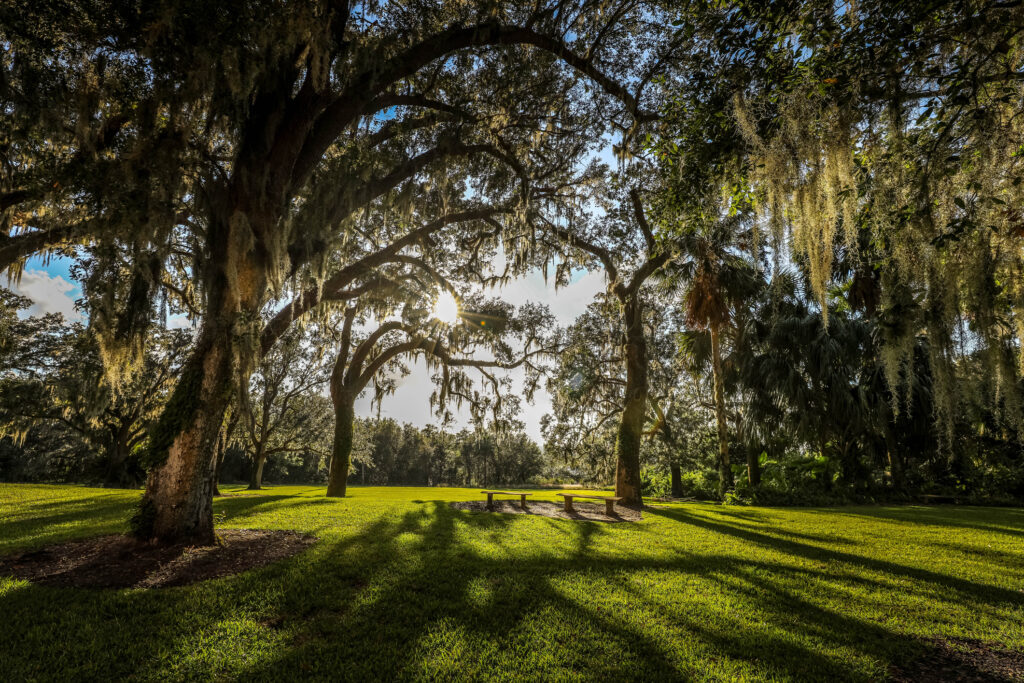An artistic director

Jeff Fleming writes introductions and essays about artists and art collections. He presides over a collection of predominantly contemporary, cutting-edge artwork at the Des Moines Art Center.
And, he appreciates a nice window.
At the moment, the window catching Fleming’s attention is missing in action. It was removed for the installation of a glass-enclosed elevator that provides a view of the center’s lush surroundings at 4700 Grand Ave. – Greenwood Park is right out the back door – and provides access to handicapped visitors.
It is a point of pride that the glass elevator was installed – work finished in mid-August – without the need for construction crews to tap into the walls of the Art Center, which stands as a notable landmark, even discounting the art inside, because of the storied architects and designers who have created and added to the structure since 1945.
Eliel Saarinen planned the original structure, I. M. Pei designed the first addition and Richard Meier planned the second new wing.
The elevator has been paid for via a $34 million capital campaign that also is providing funding for the construction of a 9,800-square-foot storage area that will be topped by a living roof. These funds are being used to pay for less-than-glamorous items such as boilers and chillers, the kind of nuts-and-bolts items that hold the place together.
“We never have enough money to do those kinds of things,” Fleming said.
Unlike some construction projects, this one is taking place with an eye to preserving living things, too.
Ball Construction Services LLC has built a wooden shield to protect the roots of white oak trees growing near the southwest side of the Art Center, where the storage area will be located. HLKB Architecture of Des Moines is the designer for the project.
“It is city property and our home, and we both want a beautiful landscape,” Fleming said. “White oak roots are especially sensitive to being disturbed, so we’re trying our best not to disturb them.”
Little details, big ideas
Fleming, who has been with the Art Center for 11 years and director since 2005, has more on his mind than glass and tree roots. But the mundane and magnificant do seem to share equal space with his love of contemporary art, as can be seen in the center’s exhibits.
As with many other nonprofit organizations, the Art Center took a financial hit during the height of the financial crisis in 2008. Endowment earnings took a tumble, mainly because of tumult in financial markets, and attendance dropped, even though admission is free.
But last year brought much hoopla to the center. The John and Mary Pappajohn Sculpture Park opened in September 2009 and the center hosted Grant Wood’s American Gothic, generating lines of visitors that often extended well beyond the Art Center’s doors.
It was, Fleming said, “our best year ever.”
And that after a 2008 that was “not so stellar.”
Attendance is up 25 percent this year over 2008. Finances are improving.
“But we’re not back up to where we were,” Fleming said.
Unlike a great many museums, the Art Center does not charge for admission.
“Anyone can walk in our door and participate in our programs without cost,” Fleming said.
That is not likely to change, regardless of how drawn-out the economic recovery might be.
“A museum should be a place of contemplation,” Fleming said. “A quiet, comfortable place where people might go outside their daily lives.”
Reaching out to the community
In addition to providing a quiet refuge, the Art Center takes its educational programs and art classes into the community.
Its art classes are attended by about 3,000 students a year, and it offers a scholarship program.
Fleming, who once worked at the Smithsonian Institution n Washington, D.C., wants to expose people to art that they might not find elsewhere, especially in the Midwest.
The Art Center focuses on contemporary art, where Fleming’s interests rest also.
Next year, it will host the first solo exhibit in the United States of German artist Anselm Reyle, a sculptor and painter whose work is noted for its use of neon colors.
The artist, whose work has been shown in New York, is little known in the United States, and especially in the Midwest, Fleming said.
For a local feel, the Art Center also is displaying the work of 15 Iowa artists who were selected after a call for entries. The show ends Sept. 19.
“We want to be a leader in terms of adding to the cultural record,” Fleming said. “So the projects we do will provide new information, new points of view, and artists who are not so well known.”
Though Fleming is quick to praise the collaboration of his staff in building collections from lesser-known artists, he prefers to walk around convention.
“I’m not interested in doing what everybody else is doing; there’s no need to do that,” he said.











